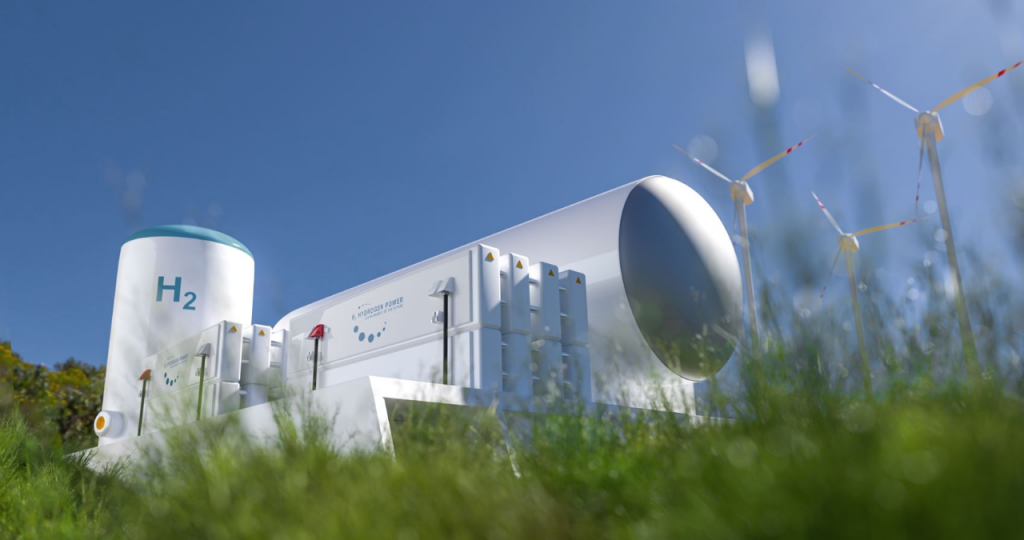
Hydrogen as an energy vector
Hydrogen and the key aspects related to production, storage, distribution, and availability to the end user.
Hydrogen and the key aspects related to production, storage, distribution, and availability to the end user.
Objective of the Education and Research Program
Analyze the major challenges of renewable hydrogen as a key vector for achieving decarbonization objectives.
Why hydrogen?
Hydrogen as an energy carrier is a relatively new player, a baby in the energy world, but it is really taking off. In the medium to long term, hydrogen is not intended to replace all energy sources, but it aspires to occupy a niche within the energy consumption alternatives. Its high value lies in its ability to replace carbon-intensive fuels in sectors and uses that are more difficult to decarbonize, in addition to its potential as an energy storage system.
For hydrogen to be competitive and develop, it must overcome two main challenges: infrastructure and cost. In terms of infrastructure, major capital investments are needed for hydrogen production facilities, to adapt transport networks, and for hydrogen distribution facilities, the hydrogenerators. In terms of cost, renewable hydrogen must be competitive with gray hydrogen from fossil fuels. Currently, the fall in the price of renewable energies is opening up this opportunity, making the cost of renewable hydrogen increasingly competitive.
2023 lines of work
- Energy study of the hydrogen compression process in service stations (hydrogenerators).
- Cost-efficiency analysis of the different options for H2 transport and distribution.
Work team
Division:
Tomás Gómez Acebo, professor at the University of Navarra
Working team:
Íñigo Gutiérrez, director of development at Tecnun, University of Navarra


